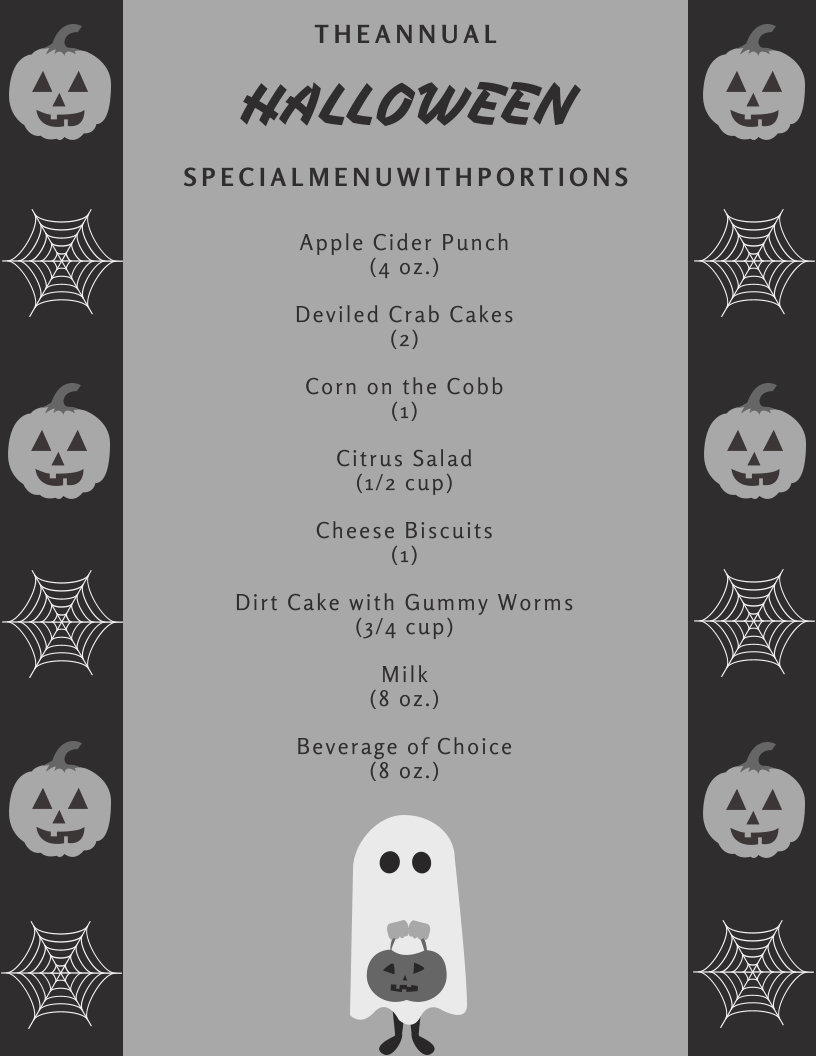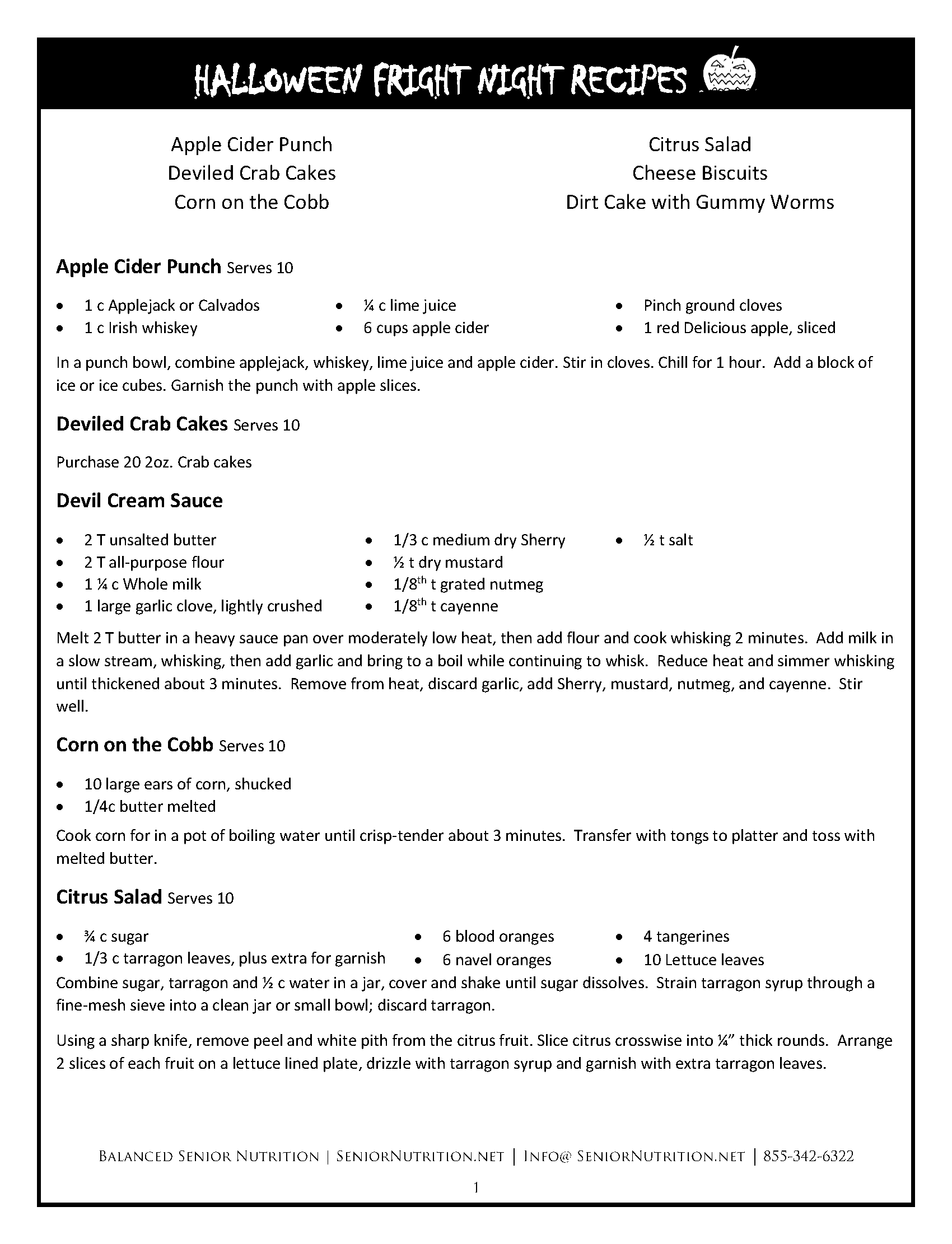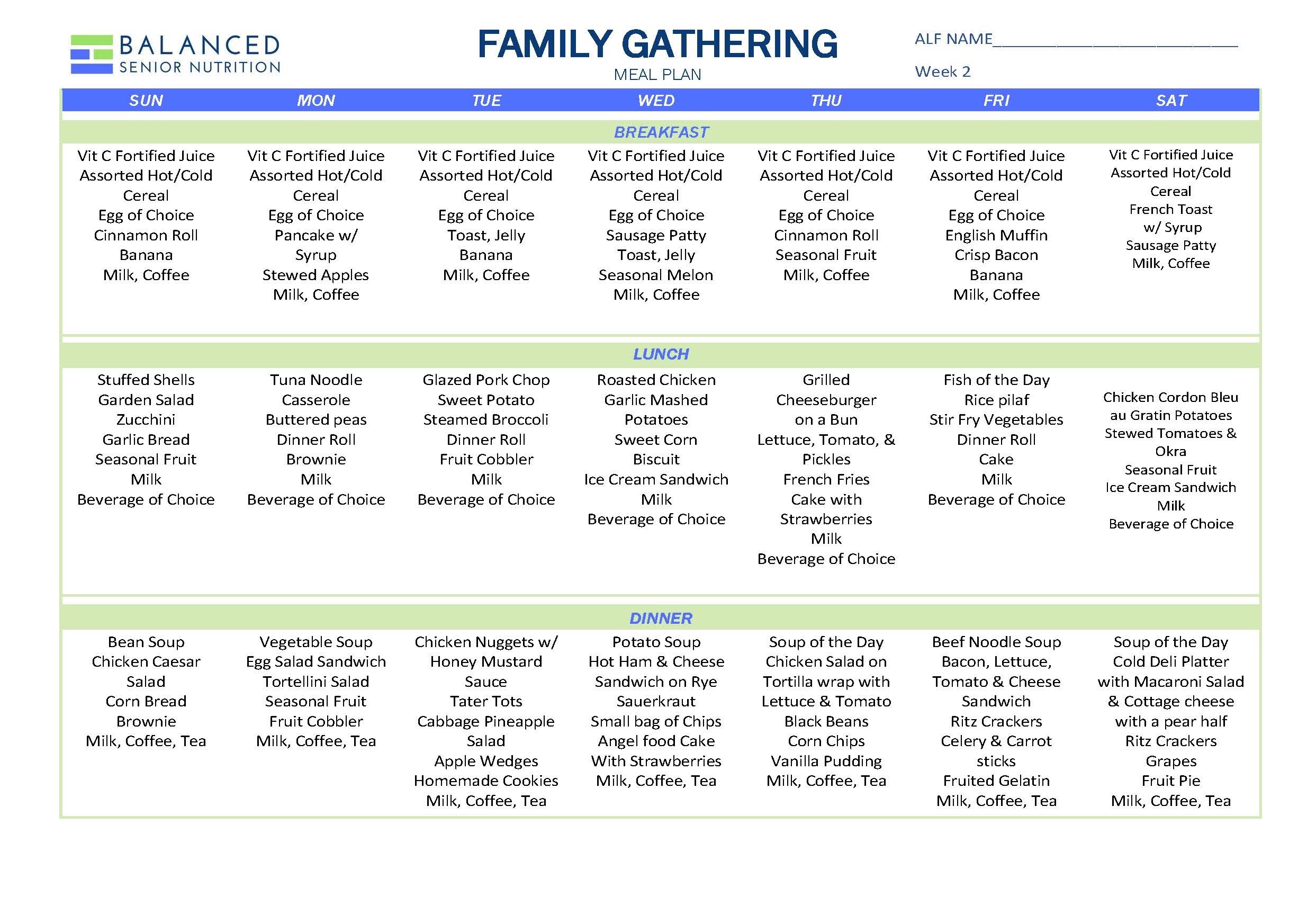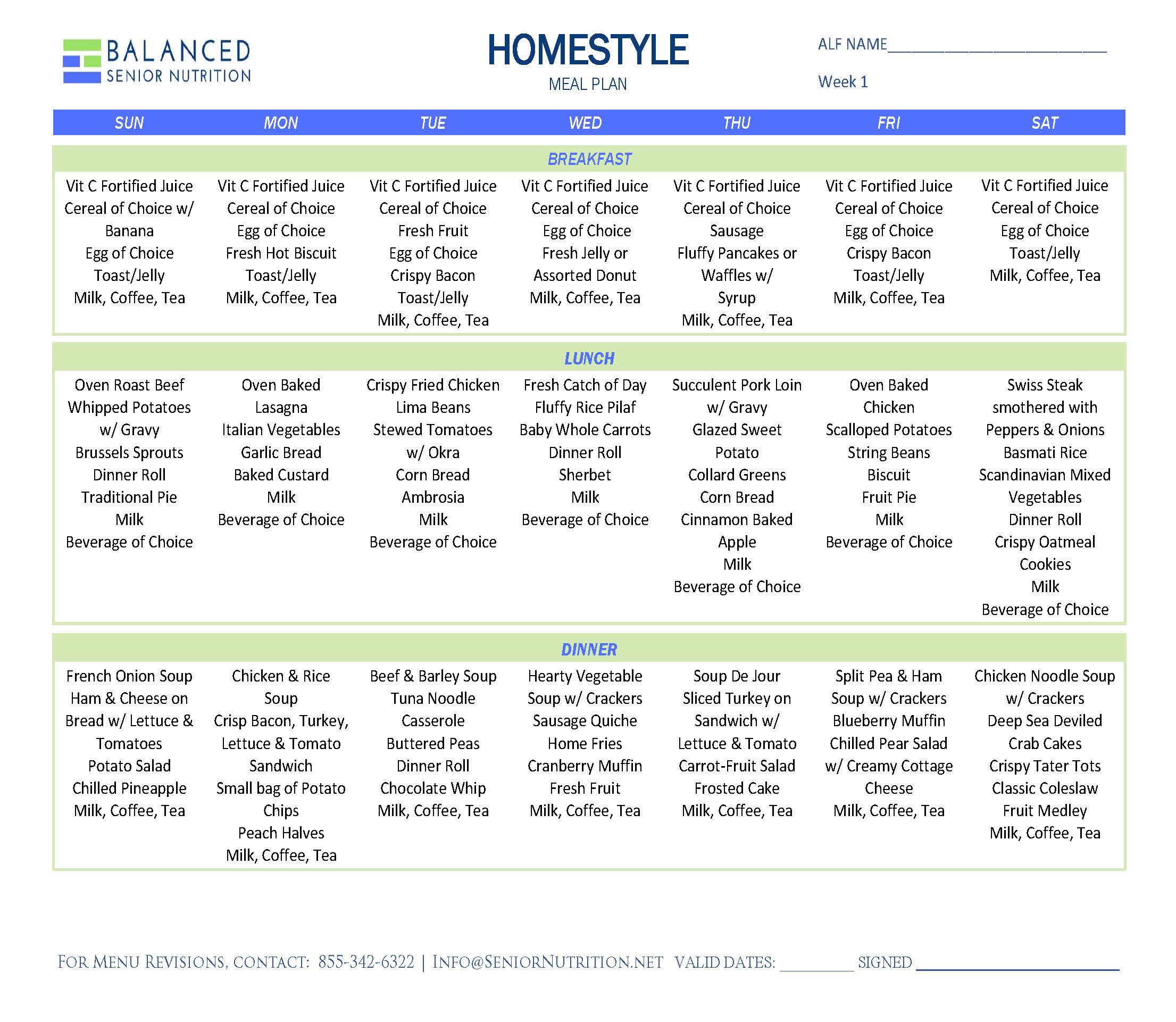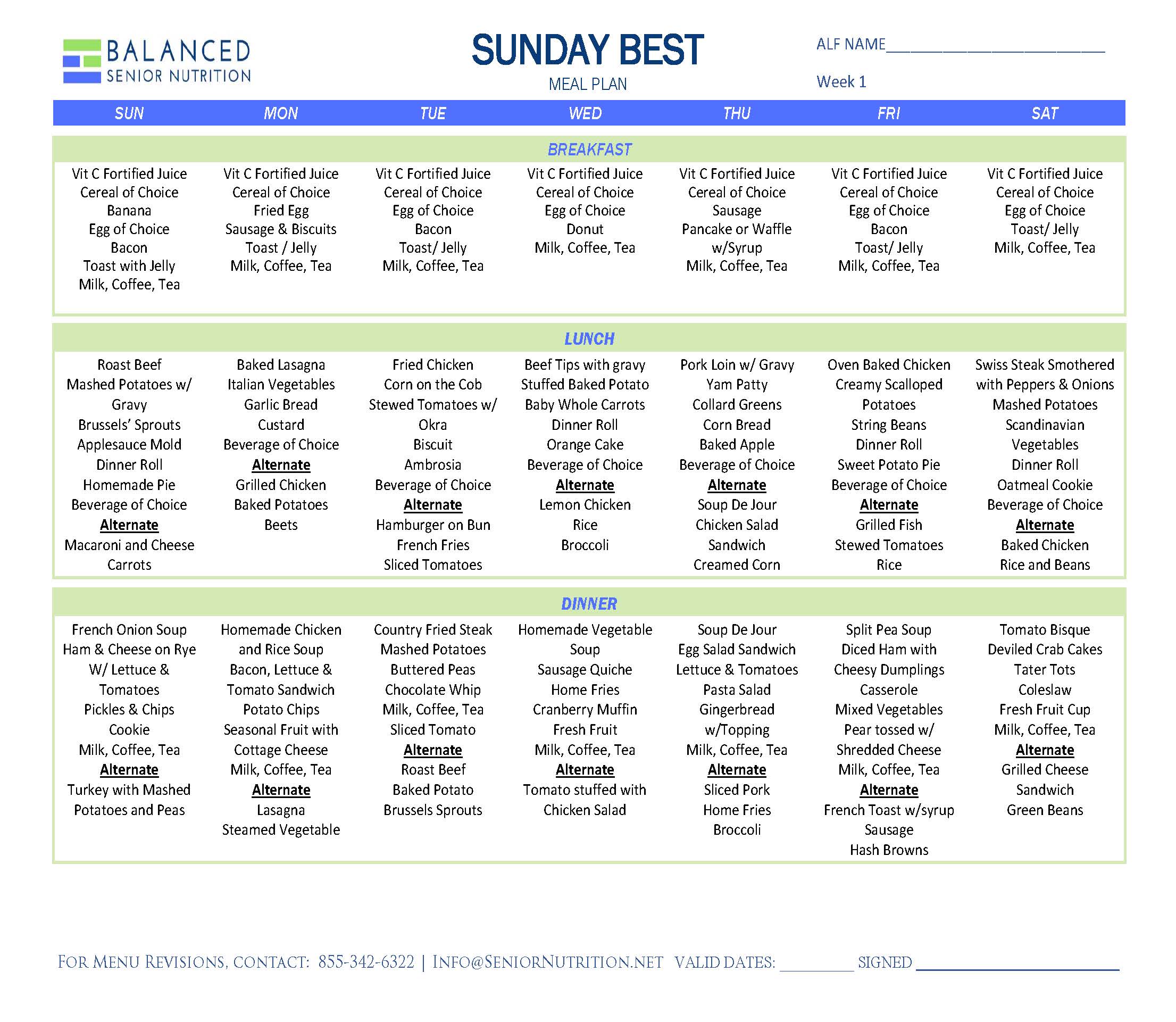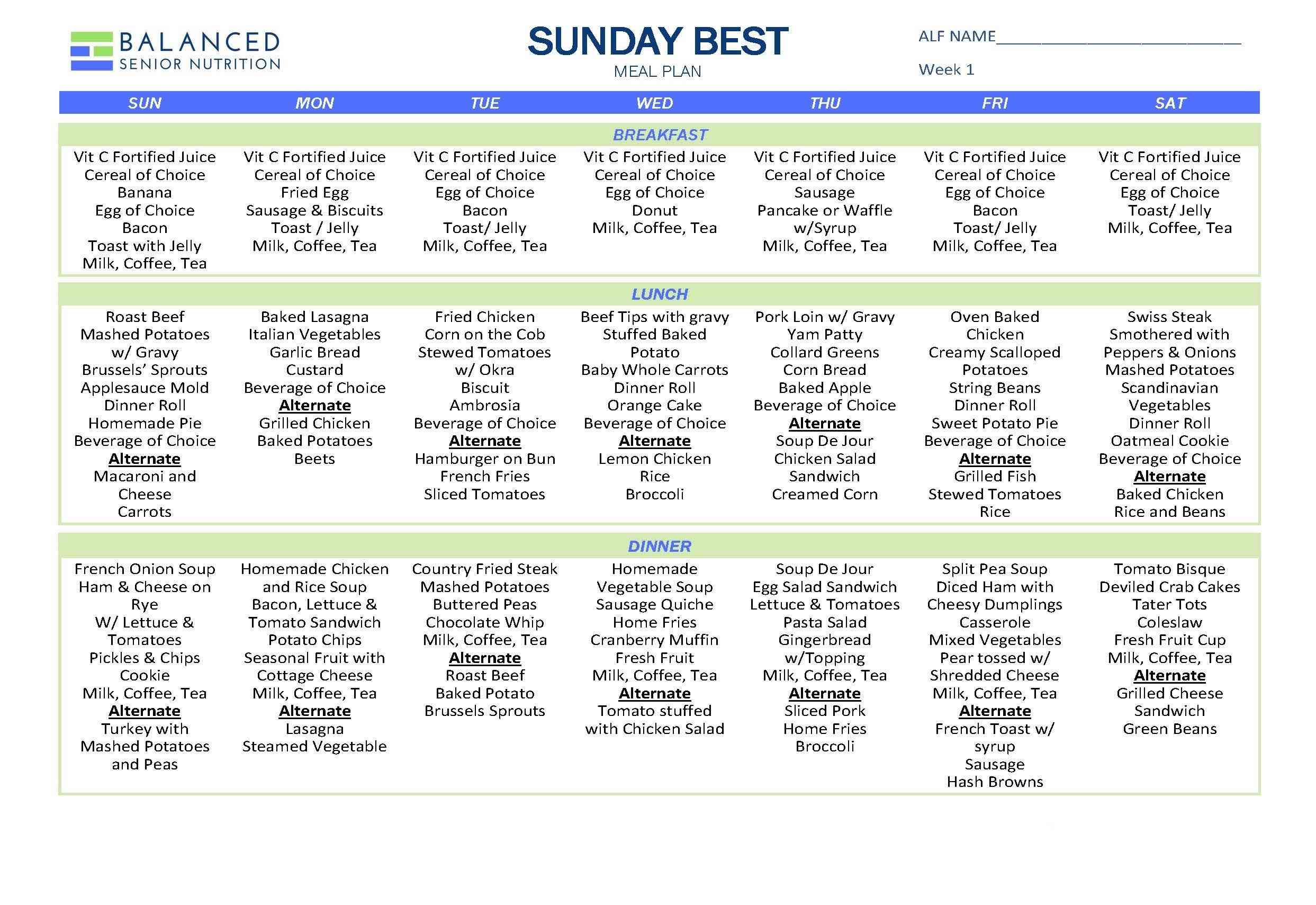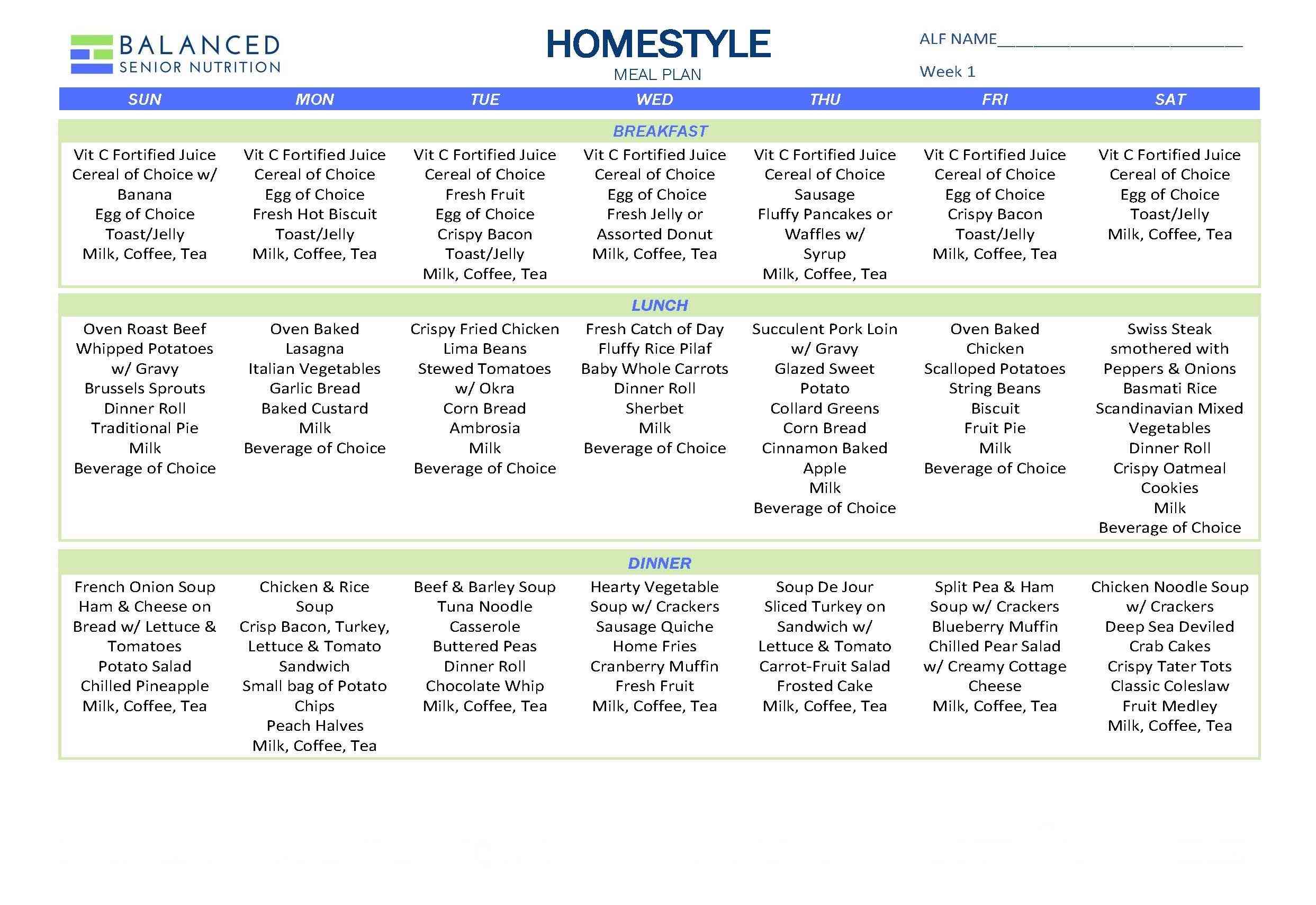Tube Feeding at the End of Life: Is it Worth It?
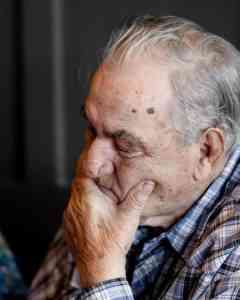
Joseph had a stroke when he was 82 years old, leaving him immobile and unable to speak clearly or feed himself. It was found that he was aspirating, and as is customary medical practice, his physician strongly recommended a permanent feeding tube. Despite his losses, Joseph was very mentally clear and strongly indicated he wanted no tubes! His sister was his healthcare surrogate and defended Joseph’s choice of no tubes. The physician reluctantly discharged him to a continuing care community. Joseph was hand fed pureed food and he did die of aspiration…seven years later.
This story from Anna Ortigara, MSN, a pioneer in person-centered care, illustrates why those of us in long-term healthcare need to take a long look at the effectiveness of tube feeding for elderly people. While conventional wisdom used to be that feeding tubes kept people nourished, cut down their hunger and made them feel comfortable, the current-evidence based research indicates this is not the case with elderly people at the end of their lives. Let’s review some of the myths about tube feeding and the research that busts them.
Myth 1: TUBE FEEDING REDUCES SUFFERING.
Myth Buster: Tube feeding may be clinically appropriate in certain circumstances, but it should not be an automatic next step when other feeding strategies have failed. Before deciding to initiate tube feeding, the interdisciplinary care team should meet with the patient and family to carefully consider the risks and benefits of tube feeding and the patient’s preferences. Contrary to what many people think, tube feeding does not ensure the patient’s comfort or reduce suffering; it may cause diarrhea, abdominal pain, and local complications and may increase the risk of aspiration.
TUBE FEEDING WITH LIMITED LIFE SPAN
Fulfills the moral belief that artificial nutrition and hydration are basic humane care, and that “everything is being done”.
Nutrition needs may be met.
Decreased renal function at end of life results in increased pulmonary and oral secretions, with increased risk of choking and dyspnea, which may be exacerbated with hydration.
May experience complications from surgical procedure, risk of infection.
May experience physical discomfort – abdominal distension, diarrhea.
May increase aspiration risk.
Does not prevent skin breakdown.
Possible need for hand restraints to prevent tube from being dislodged. Possible readmission to hospital to replace tube if needed.
Possible social isolation, deprived of social experience of mealtime.
NO TUBE FEEDING WITH LIMITED LIFE SPAN
Acknowledges that when the time comes, stopping eating and drinking is a natural part of the dying process.
Nutrition needs may not be met, recognizing that this may be acceptable at end of life.
May experience decreased oral and bronchial secretions.
Withholding nutrition is not painful or uncomfortable, as dehydration occurs before starvation.
Allows freedom of movement, resident activity options not limited.
Benefits of hand feeding preferred food items as possible, for care and comfort.
Myth 2: TUBE FEEDING REDUCES THE RISK OF ASPIRATION.
Myth Buster: Feeding tubes have not been shown to reduce the risk of aspiration or prolong survival in residents with end stage dementia.
Myth Buster: Oral secretions and/or gastric content are often the source of aspiration pneumonia or pneumonitis and thus will not be resolved with the placement of a tube.
Myth Buster: Withholding or minimizing hydration can have the desirable effect of reducing disturbing oral and bronchial secretions, and reduced cough from diminished pulmonary congestion.
Myth 3: TUBE FEEDING SHOULD BE THE FIRST STEP WHEN OTHER FEEDING STRATEGIES FAIL.
Myth Buster: It is important that any decision regarding the use of a feeding tube be based on the resident’s clinical condition and wishes as well as applicable federal and state laws and regulations for decision making about life-sustaining treatments. The interdisciplinary team, with support and guidance from the physician, is responsible for assuring the ongoing review, evaluation and decision-making regarding the continuation or discontinuation of all treatments, devices or approaches implemented to care for the resident. Involving the resident, family, and/or the resident’s legal representative in discussions about the indications, use, potential benefits and risks of tube feeding, types of approaches, and alternatives helps support the resident’s right to make an informed decision to use or not use artificial nutrition and hydration.
Myth 4: A RESIDENT WITH DIMINISHED MENTAL CAPACITY CANNOT MAKE DECISIONS ABOUT TUBE FEEDING.
Myth Buster: It is the responsibility of all long-term care partners to understand any previously expressed wishes of a person in their care (through a review of advanced directives and with surrogate caregivers) regarding tube feeding and to put those wishes into that person’s care plan. Institutions such as hospitals, nursing homes, and other care settings should encourage choice, endorse shared and informed decision-making, and honor preferences regarding tube feeding.
Myth Buster: Enteral nutrition may not be appropriate for terminally ill older adults with advanced disease states, such as terminal dementia, and should be in accordance with advanced directives. The development of clinical and ethical criteria for the nutrition and hydration of persons throughout the life span should be established by members of the health care team, including the registered dietitian.
So is tube feeding worth it? Based on what the research says, in most cases, NO.
- AMDA Clinical Practice Guideline for Alteration in Nutritional Status, 2010.
- Casarett D, Kapo J, Kaplan A. Appropriate Use of Artificial Nutrition and Hydration‐Fundamental Principles and Recommendations. New England Journal of Medicine 2005.
- Leible and Wayne, The Role of the Physician Order, paper written for CHII 2010.
- Practice Paper of the Academy of Nutrition and Dietetics: Ethical and Legal Issues of Feeding and Hydration 2013
- CMS S&C: 12-46-NH F tag 322—Feeding Tubes
- American Geriatric Society position paper. Annals of Long-Term Care: Clinical Care and Aging. 2013
- ADA Unintended Weight Loss Guideline, 2009.

